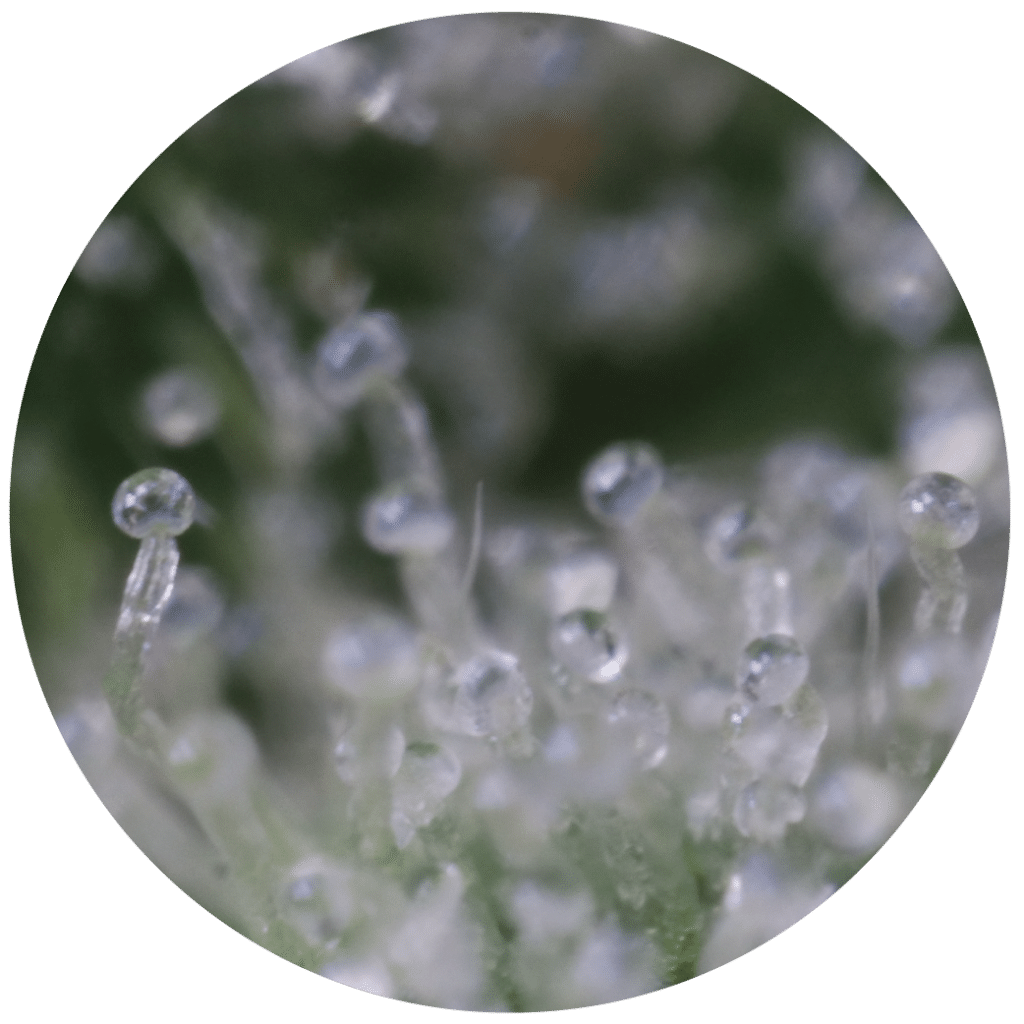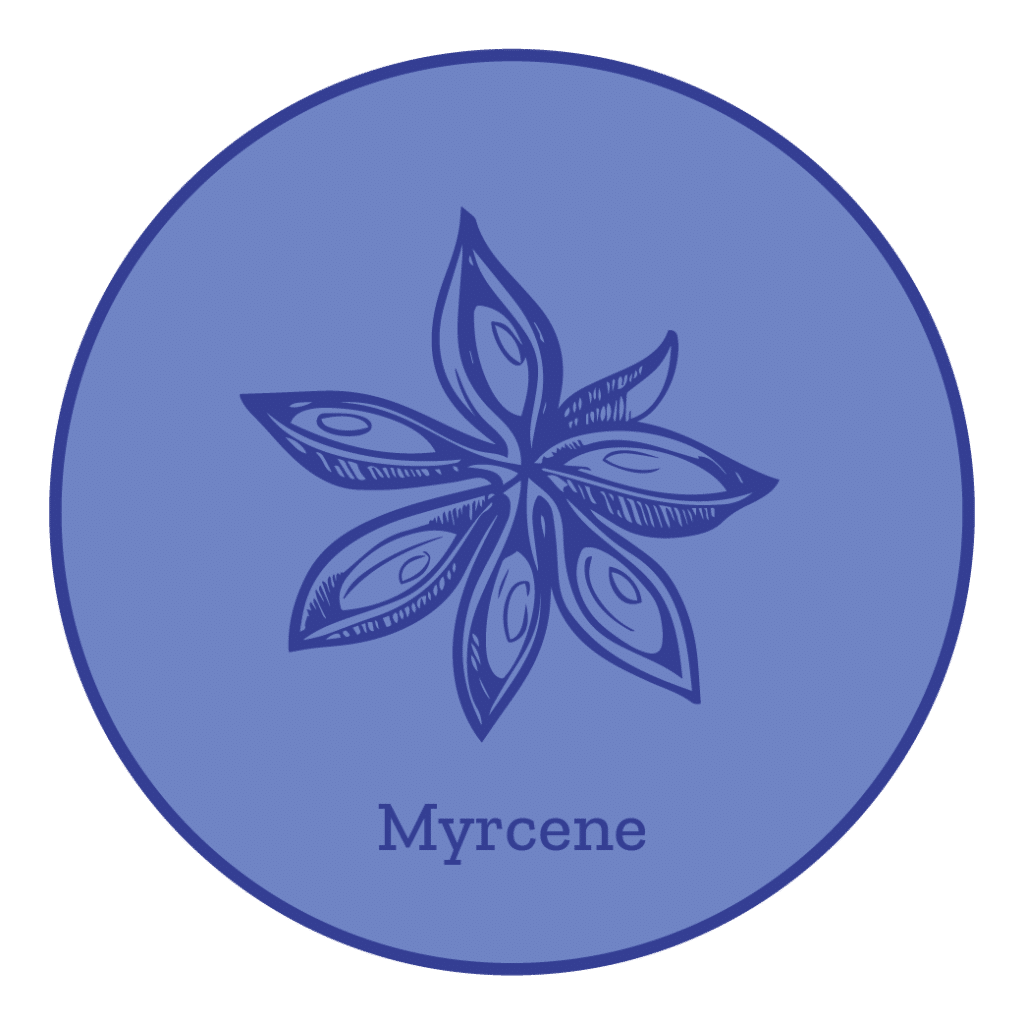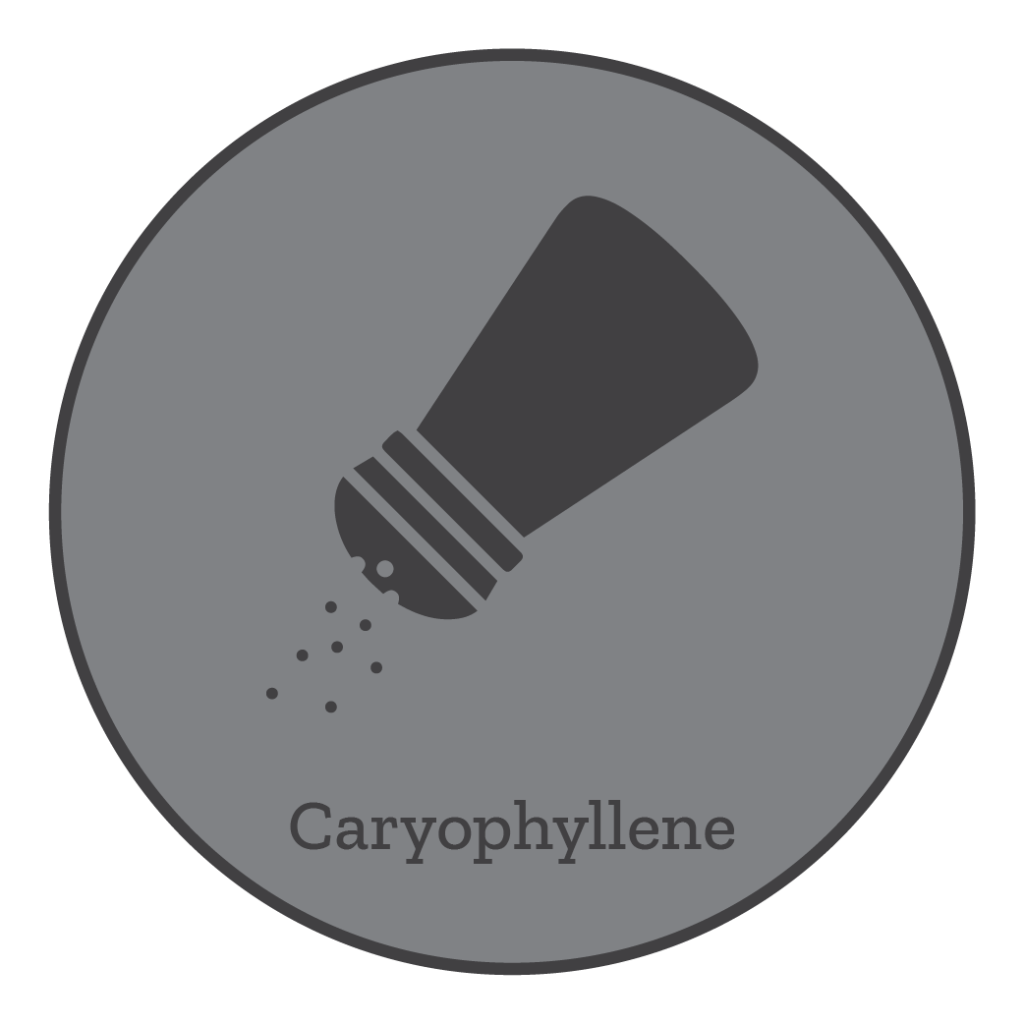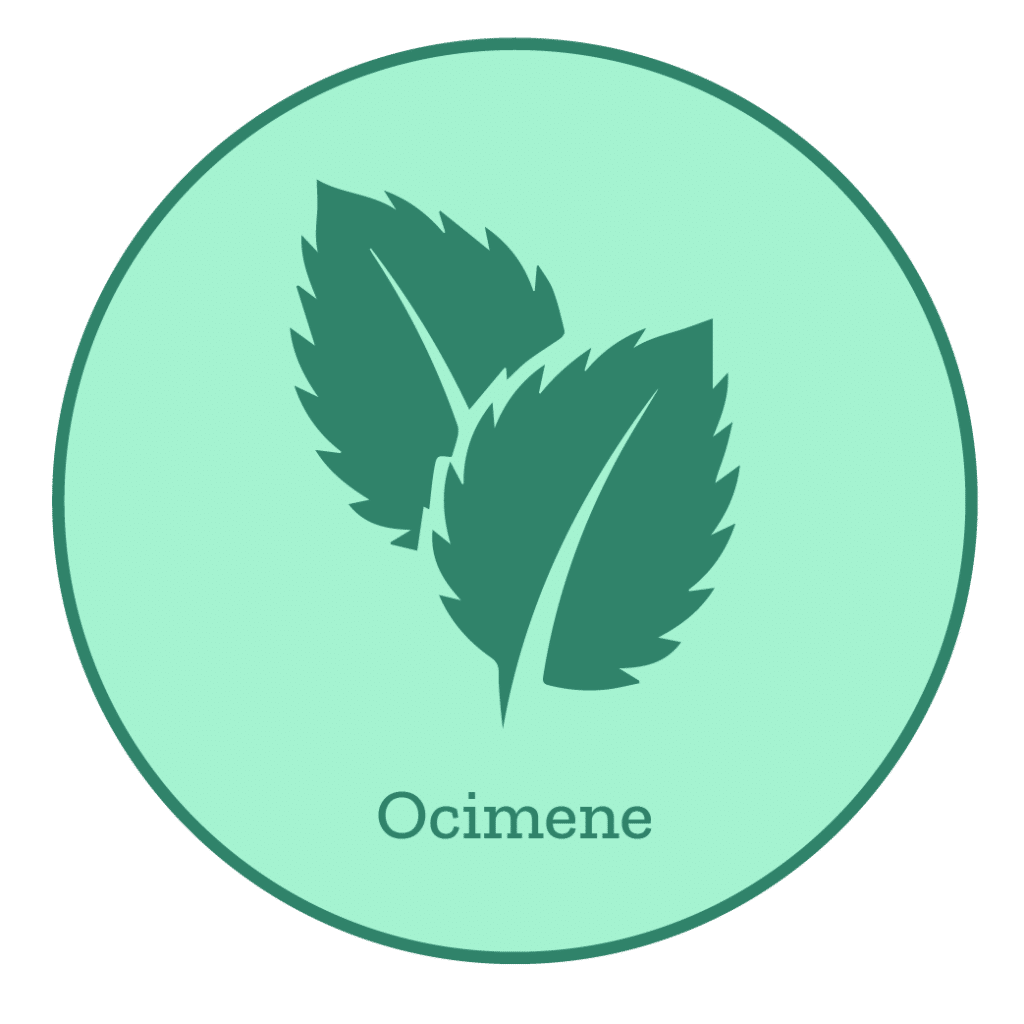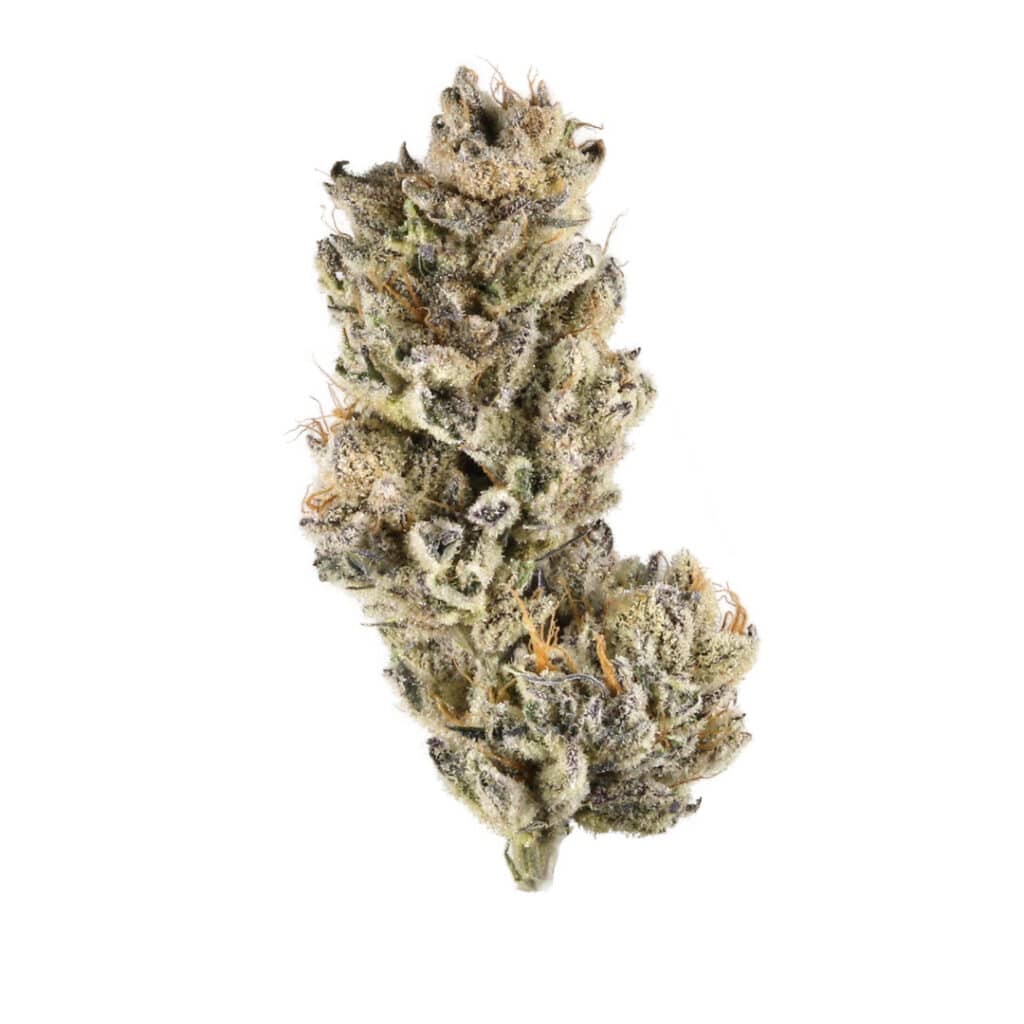2021 Highlights: AutoPot Watering Systems


It’s been a great year for cultivators growing in AutoPot Watering Systems! Not only have our partners at AutoPot revolutionized the way we garden, but over the past year, folks around the world have enjoyed amazing yields with AutoPot’s line of incredible products. Read the passages below to learn more about the long list of award-winning, boundary-breaking growers using AutoPot’s line of hydroponic products.
AutoPot’s 2021 Highlights
Galenas’ Environmentally Conscious Cultivation Facility
February 11th, 2021
The team at AutoPot was lucky enough to gain special insight into the environmentally conscious cultivation practices at Galenas, a licensed producer of cannabis in Akron, Ohio. The director of cultivation, Christine DeJesus, has turned Galenas’11,000 square ft facility into a mecca of efficiency. By ushering in sources of clean, green-focused technology and gardening practices, Galenas is able to produce some of the midwest’s most desirable without overextending its ecological footprint. But even more impressive is the holistic philosophy maintained throughout the entire facility – Galenas oozes sustainability. For example, DeJesus champions renewable practices and technologies like high-performance LEDs, yucca-enriched living soil, multi-tier vertical gardening, and of course, AutoPot Watering Systems.

With over 2,200 AutoPot XL modules running 24/7, Galenas’ operating floor is filled wall-to-wall (and floor to ceiling) with lush, green canopies. These systems are controlled by individual modules called AquaValves. When the module trays of the system dry up, more water is released into the tray via the AquaValves. Not only are these systems completely self-sufficient, but they’re also aligned with Galenas’ unique ecological philosophy. AutoPot systems are gravity fed, so no electricity is spent on the crops daily feeding. Also, because of the smart configuration of all AutoPot Watering Systems, no water or liquid fertilizer is ever wasted.
AutoPot’s AquaValve5 Release
May 12th, 2021
Canadian growers were introduced to yet another innovative piece of the AutoPot product line: the AquaValve5. The AquaValve5 is a float valve that regulates the passive flow of water into the saucers of the AutoPot self-irrigation system. However, unlike the original float-valve, the AquaValve5 has an increased inlet size of almost 66% compared to the classic device. This change allows gardeners to use a wider variety of organic and mineral-based nutrient systems. Other expected benefits of the new design include faster flow rates, increased reliability, and protection against sediment blockages and build-up.
The most distinguishing feature of the AquaValve5 is its size. With a 5mm internal diameter inlet, and options for either 9mm or 16mm mainline hose, the AquaValve5 makes easy work of organic and mineral fertilizers. The new and improved AquaValve is also fully compatible with all AutoPot systems and now comes standard with 1Pot, XL, XL FlexiPot, and easy2grow systems.
The “Fig Easy” Experiment
August 21st, 2021
The AutoPot R&D facility has long been a place for wonder and amazement. Never before have growers pushed back against mother nature’s cruel grasp with such virility. In the summer of 2021, the folks at AutoPot took innovation a step further when they successfully produced a fruiting brown-turkey fig tree. Grown in a 25L/6.6G AutoPot XL module with a blend of organic soil and coco coir, the indoor fig tree towered over the rest of the garden like a lord among serfs, bashfully displaying an abundance of soon-to-be-plucked fruit.

This hydroponic system is what the development team at AutoPot called “plant controlled”. The plant is set in a light and airy mix of coco coir and peat, lines are connected to a ready supply of water, and the AquaValve module facilitates the simple transfer of liquid feed to the tray whenever the fig tree signals a lack of moisture.
Medallion Man Medwyn Takes Gold at RHS Chelsea with AutoPot Crop
October 6th, 2021
This man’s fruit and vegetable crop makes your grandma’s garden look like a derelict patch of overgrown weeds. Meet Medwyn Williams, the king of giant vegetables; and now, 13 time champion at the RHS Chelsea competition. Friend of dukes and dutchesses across Great Britain, the Williams family has been renowned for their ability to cultivate a wide variety of fruits and vegetables for generations. The RHS competition in Chelsea was nothing less than a knockout for the Willams family: tomato towers, celery plumes, spitting tongues of chilli fire, sprout spheres, intricate onions, carrot volleys, mounted cauliflowers, and sculpted pumpkins littered Medwyn’s exhibition stage without remorse. It wasn’t the first time Medwyn came to Chelsea and left with gold, and hopefully, it won’t be the last.

Among the bouquet of vegetables at Chelsea were some fine examples of gigantic produce cultivated with AutoPot’s hydroponic systems. To see onions, cucumbers, and chillies raised in 1Pot XL and easy2grow modules winning RHS Gold must’ve been quite a thrill for our partners across the pond.
AutoPot’s Grommeted Module Tray
November 18th, 2021
At the end of 2021, AutoPot announced its latest innovation – the grommeted module tray. AutoPot has redesigned all module trays to include a grommeted pipe to AquaValve connection. The new grommeted module trays feature a clean and super-secure solution to pipe routing. Unlike the older V-Cut module tray, a grommeted module tray uses a top hat grommet to connect and route pipe from the reservoir to the AquaValve. No grommet is needed with a V-Cut tray, as the AutoPot pipe is routed through a notch in the module. However, a top hot grommet is used in the updated system to create a water-tight seal. This system update evidently leads to a more secure seal that helps protect against overspill, leaks, and system complications.
There are no changes to AutoPot’s existing pipe, fittings, or AquaValves. This means that any equipment you currently have will fit the new grommeted module tray. Growers can simply purchase grommets at no extra cost to update existing systems. Only the AutoPot 1Pot, 1Pot XL, and the XL FlexiPot systems will include the new grommeted module tray.
We couldn’t be happier to participate in the success growers are experiencing with AutoPot’s watering systems! For questions, purchasing, or for more information on AutoPot’s Watering Systems, contact one of our GreenPlanet sales representatives directly.
Latest News And Announcements
- A Closer Look at Products from FoxFarm Soil and Fertilizer CompanyFoxFarm Soil and Fertilizer company has consistently manufactured high-quality soils and nutrient systems for years by combining tested production methods with the wisdom and power… Read more: A Closer Look at Products from FoxFarm Soil and Fertilizer Company
- 2021 Highlights: AutoPot Watering SystemsIt’s been a great year for cultivators growing in AutoPot Watering Systems! Not only have our partners at AutoPot revolutionized the way we garden, but… Read more: 2021 Highlights: AutoPot Watering Systems
- Fish Sh!t: The Organic Supplement Proven to Increase Terpene and Cannabinoid ContentWelcome to the Sh!t show – that is, a show about the latest and most innovative microbial supplement on the market. Well, not really a… Read more: Fish Sh!t: The Organic Supplement Proven to Increase Terpene and Cannabinoid Content

















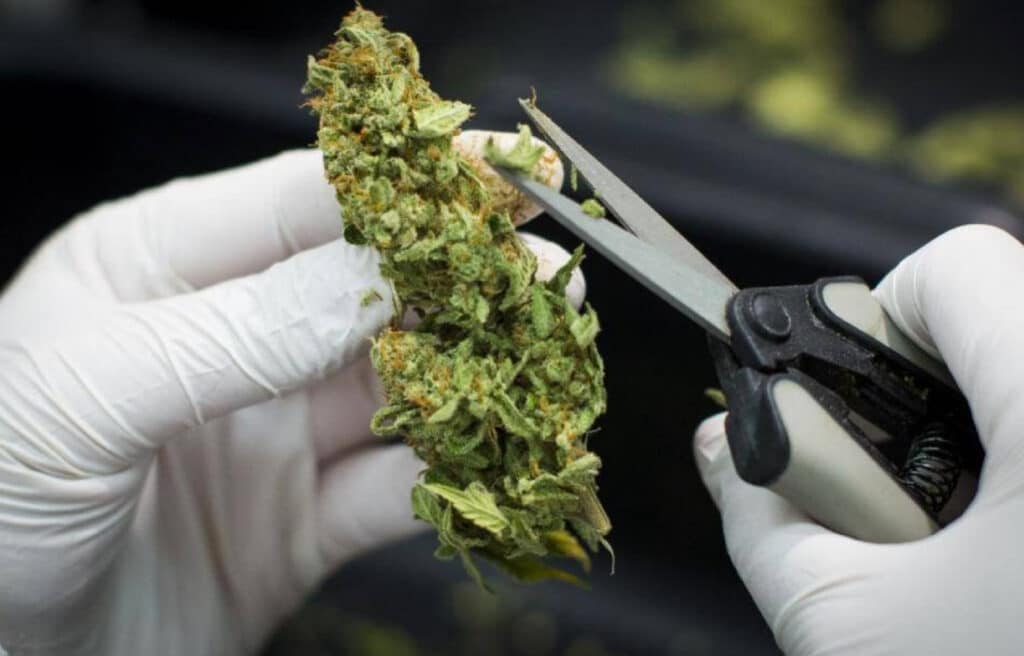


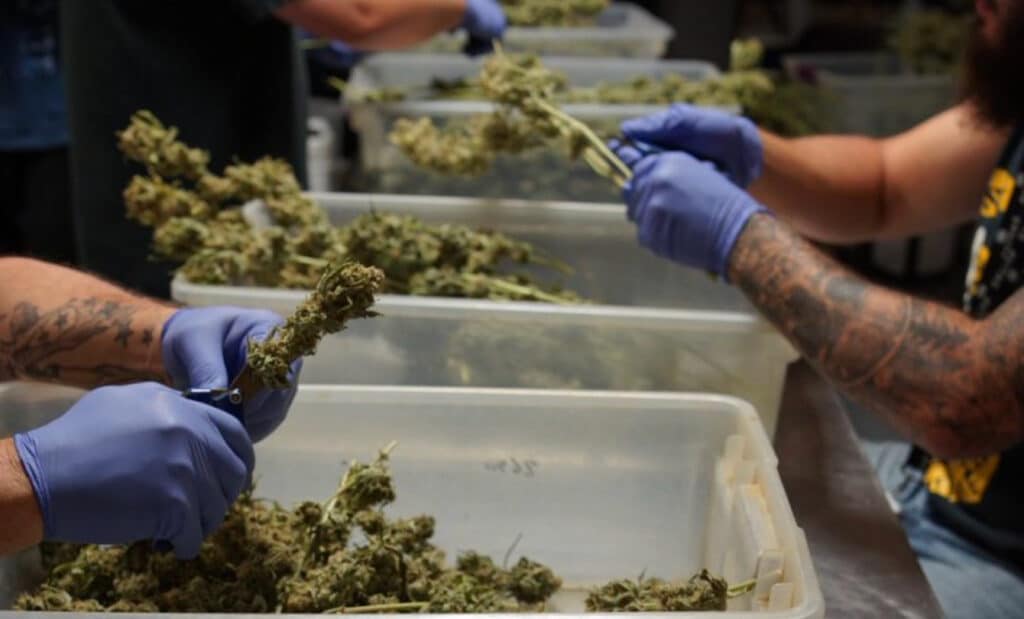


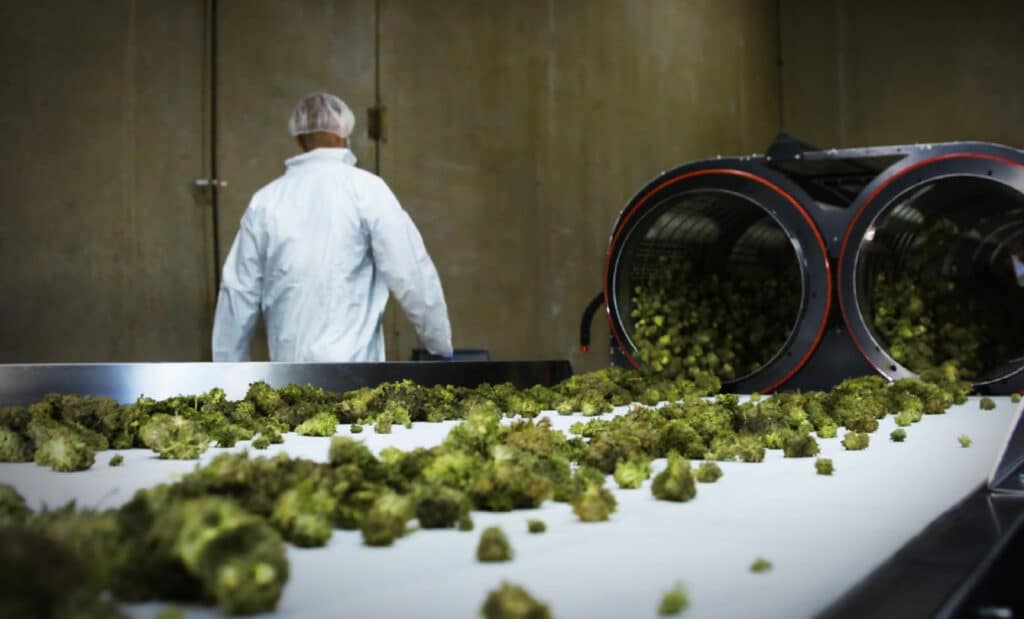



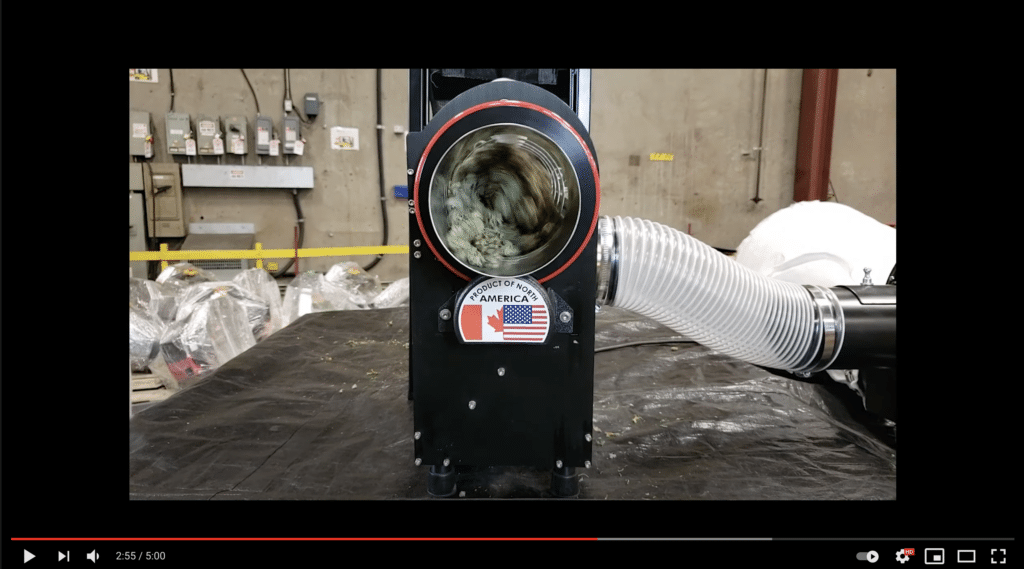
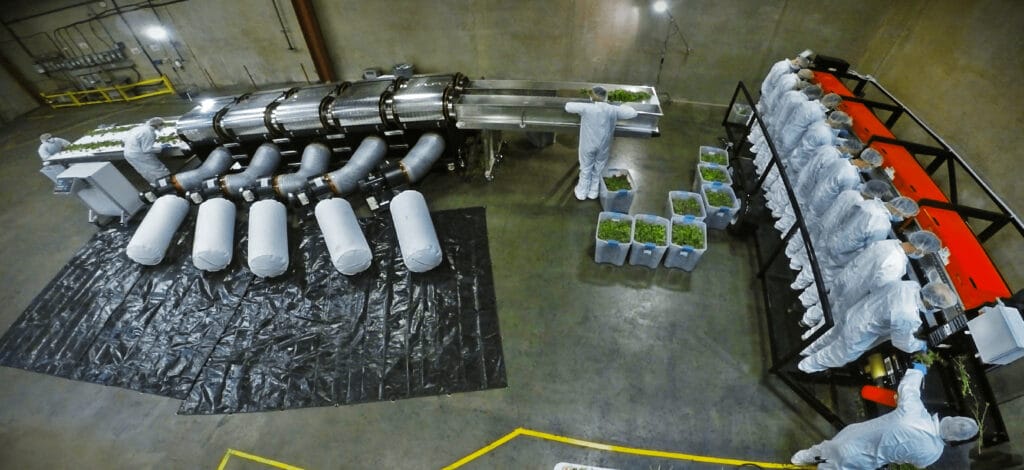
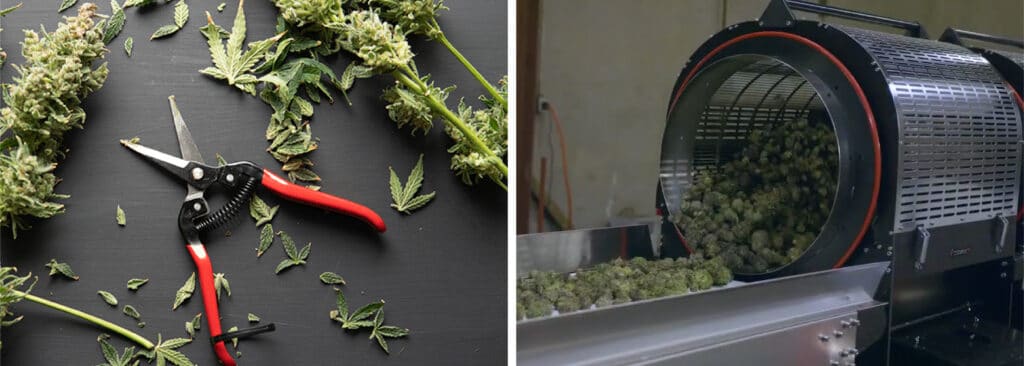



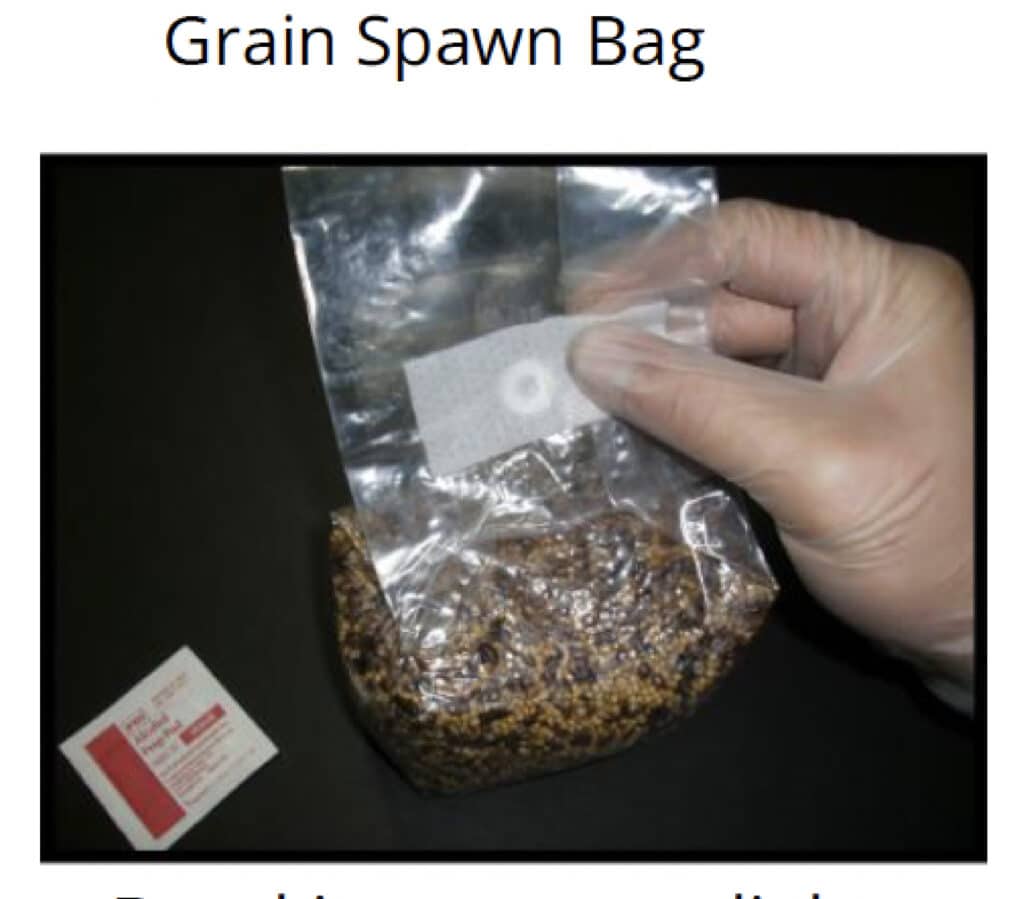
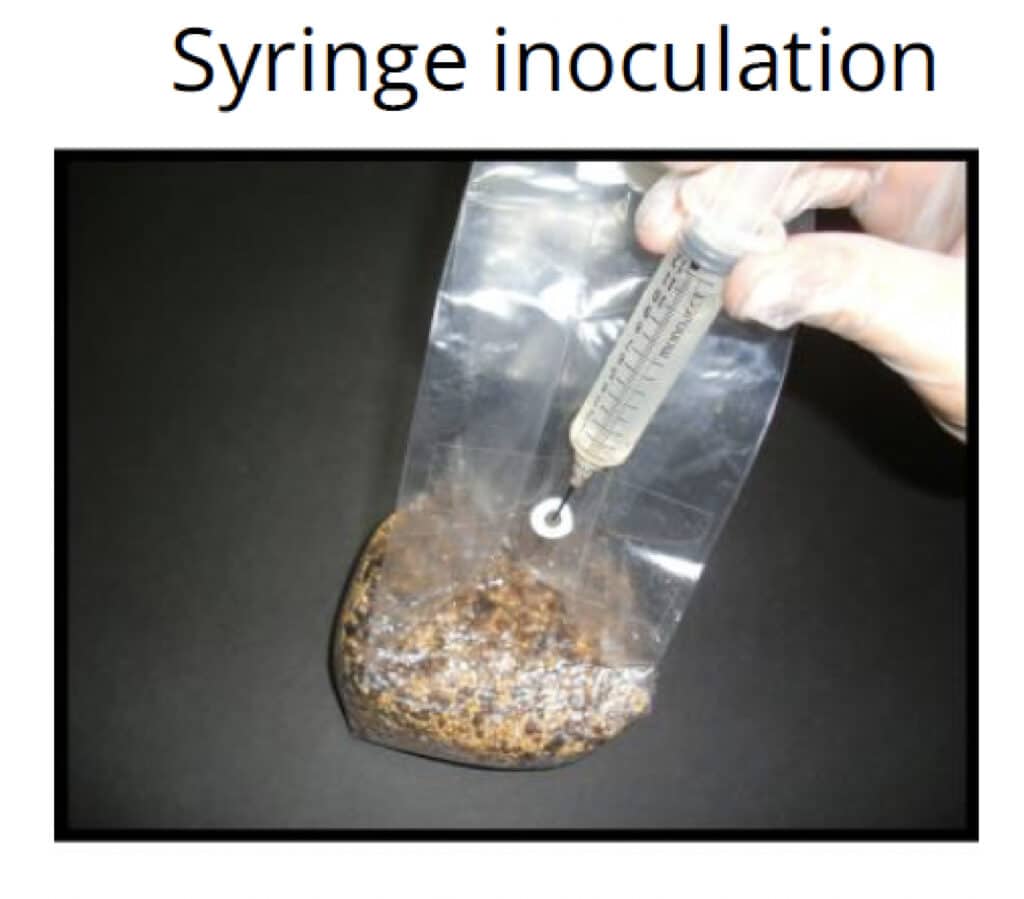
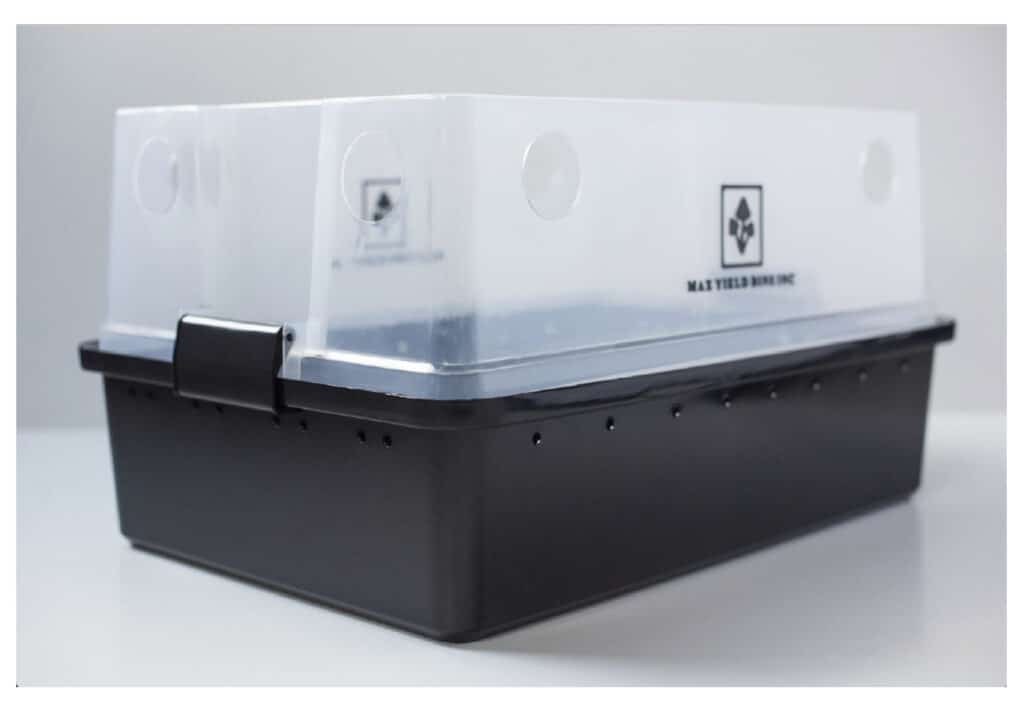
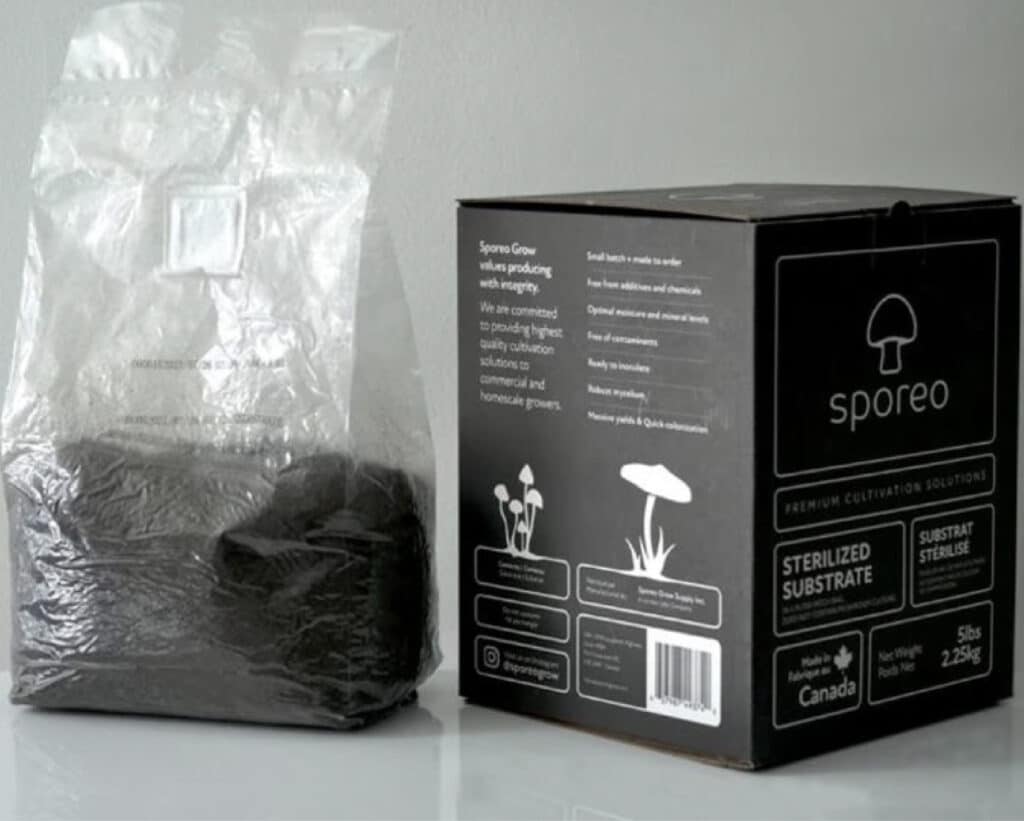
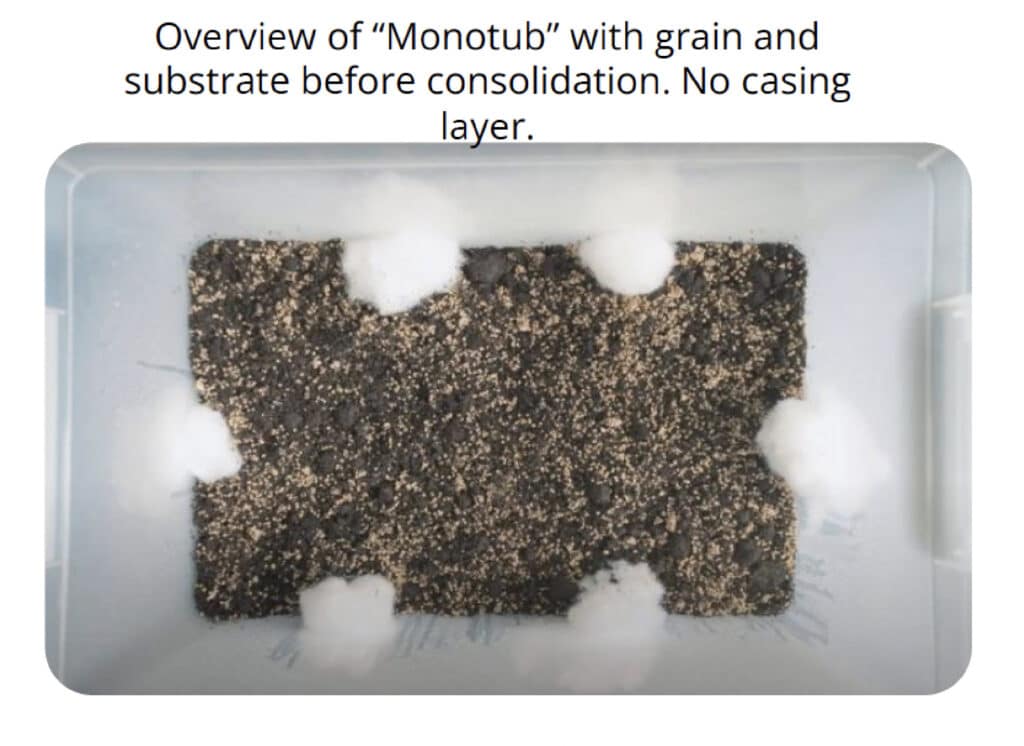
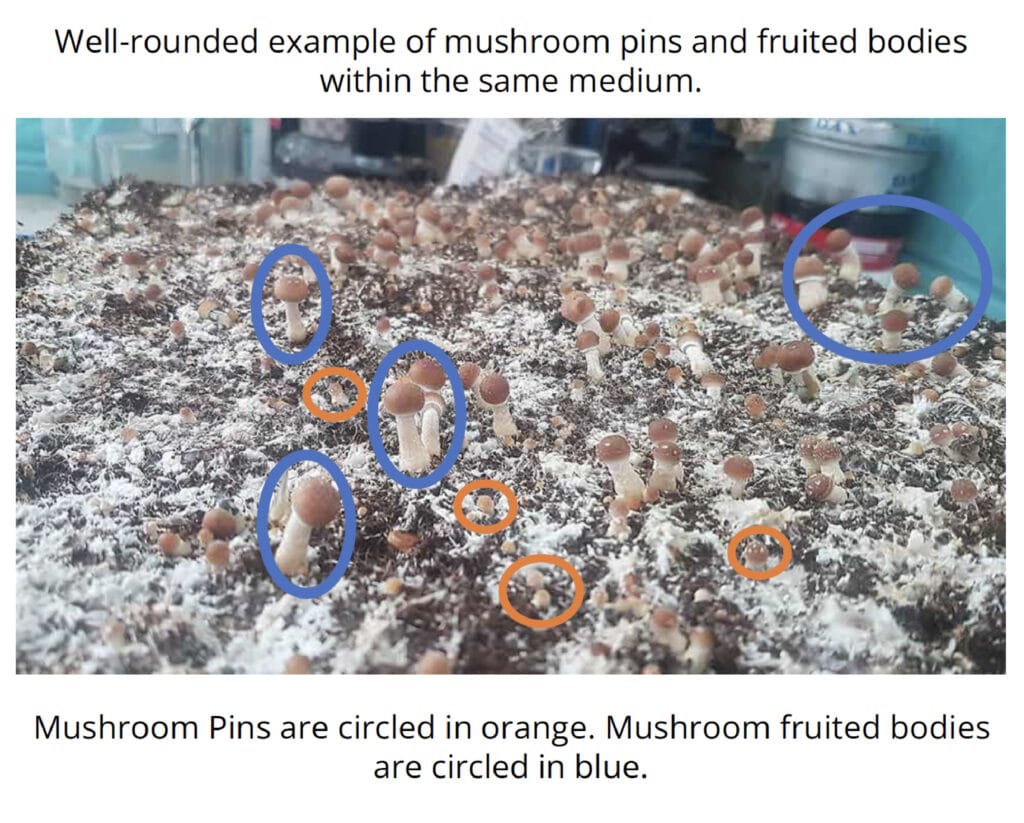
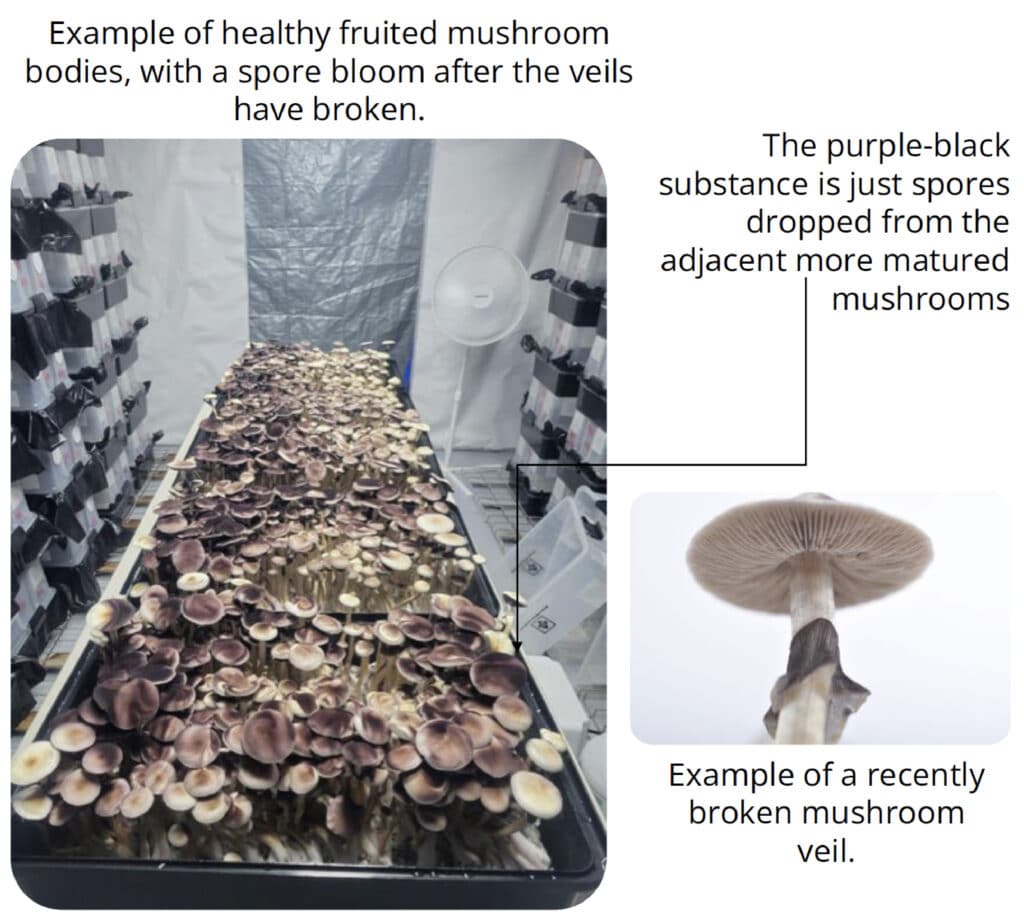
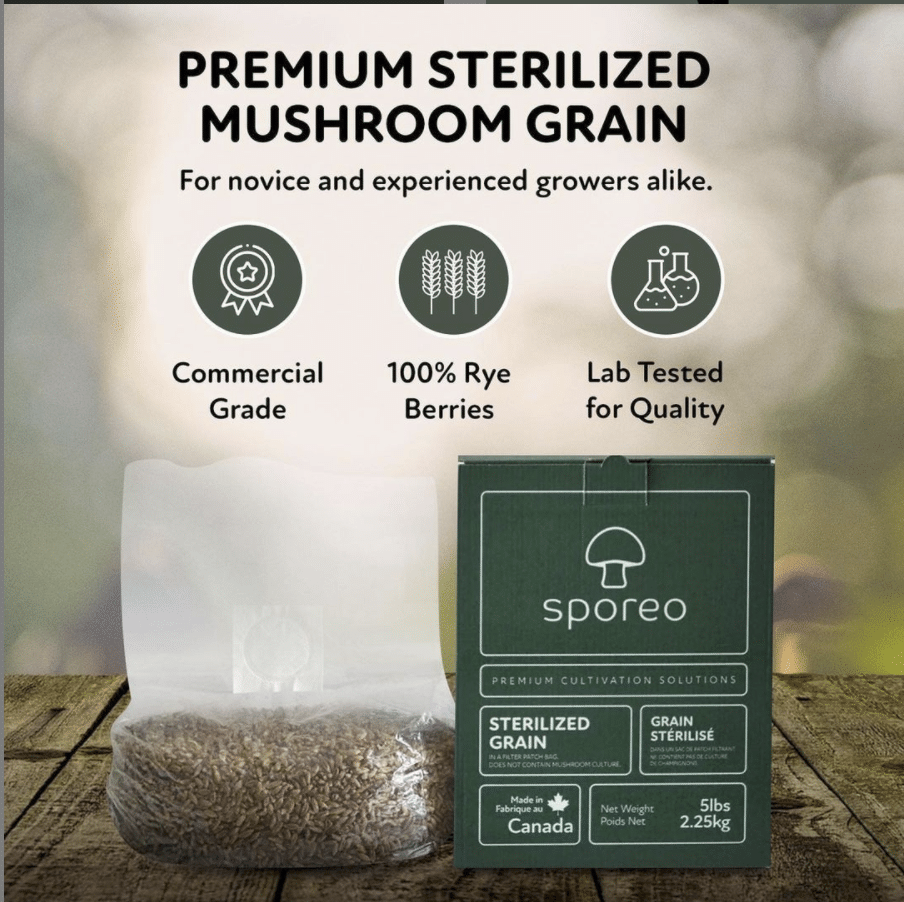
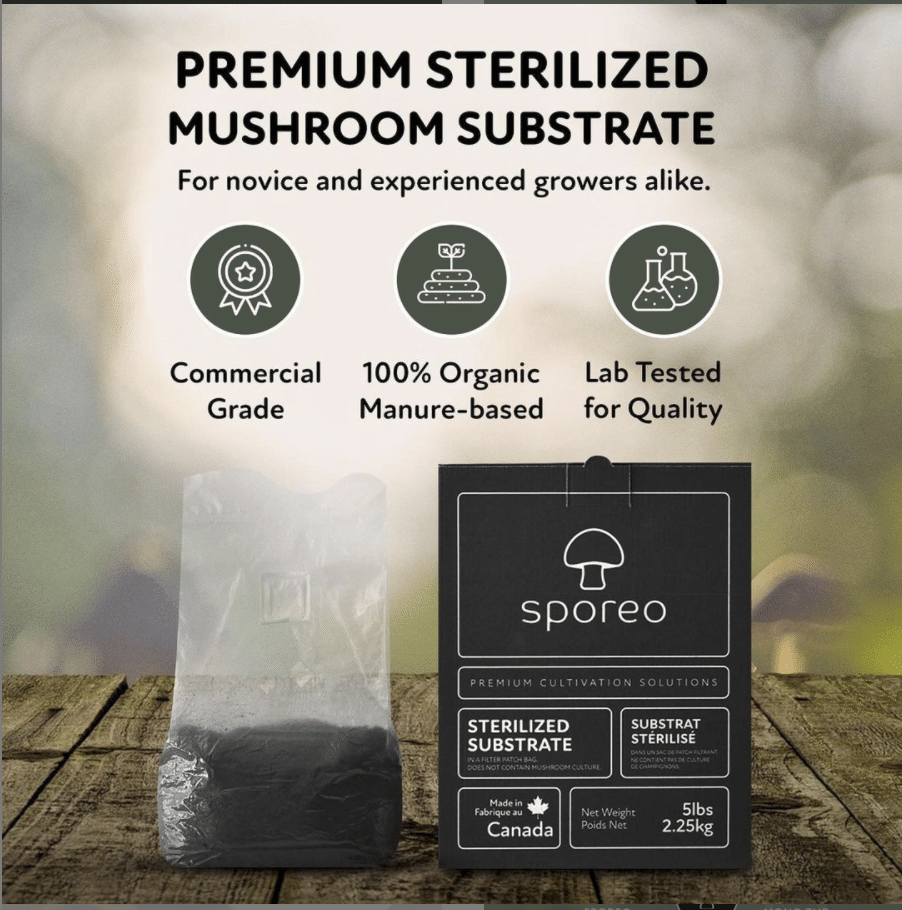

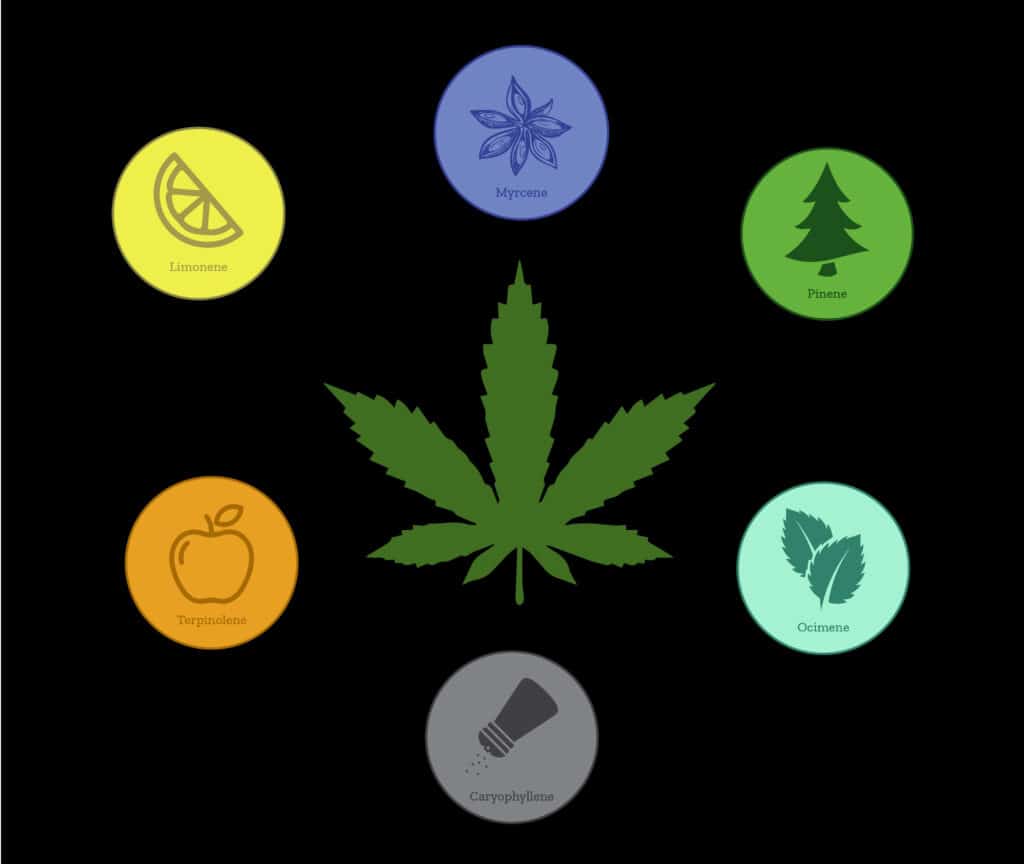







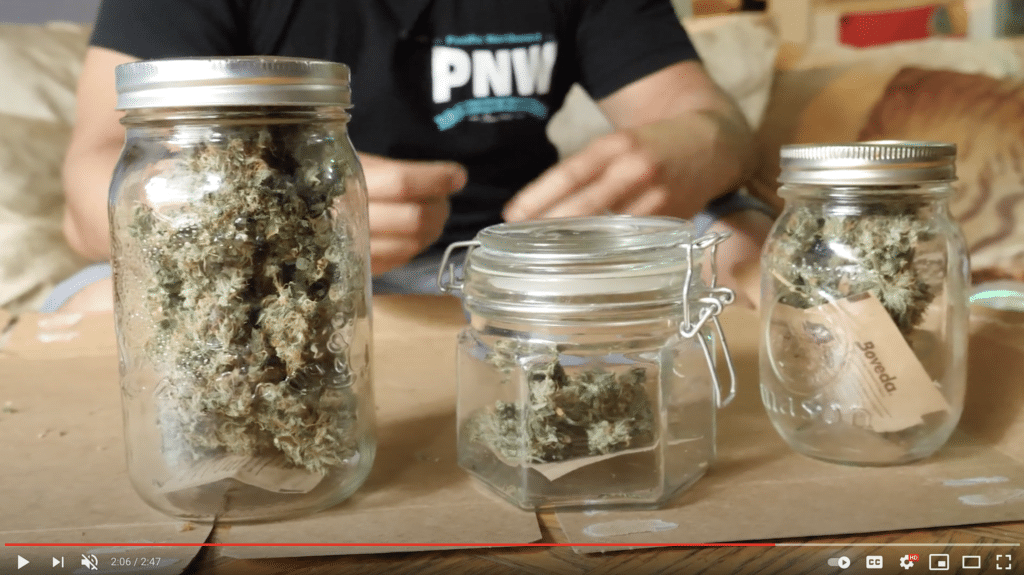
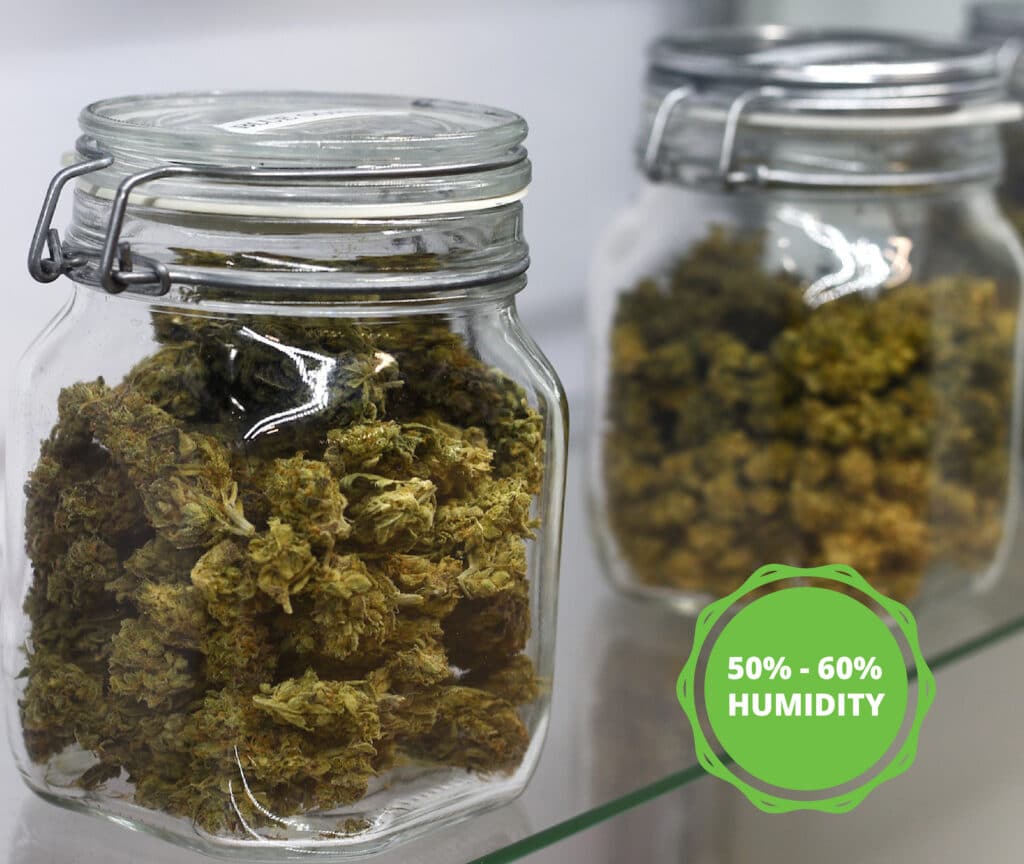

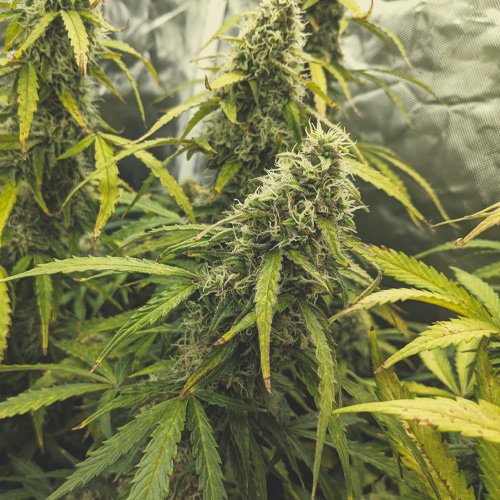
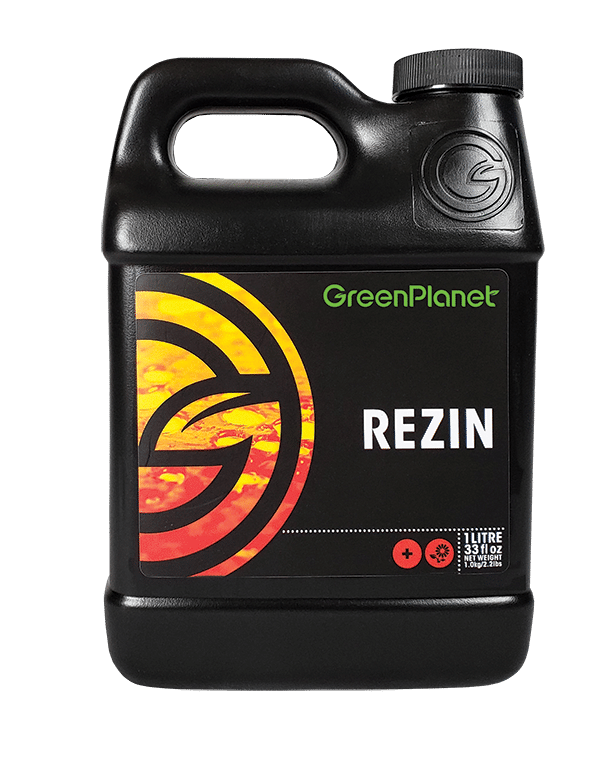

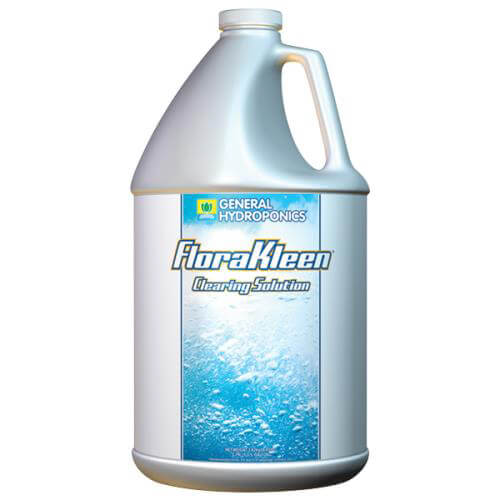
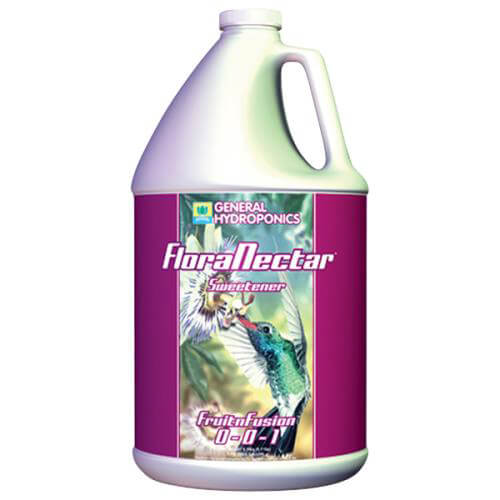
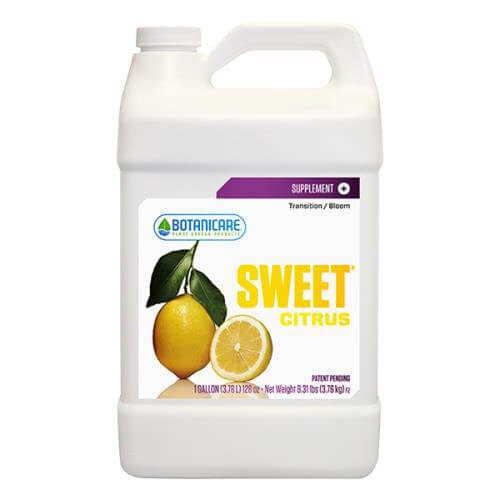








![TrolMaster Hydro-X Device Station Pack [1xDSC, 1xDSH, 1xDST, 3xDSP]](https://k4p7a2y3.delivery.rocketcdn.me/wp-content/uploads/2020/03/TrolMaster-Device-Station-6-Pack-2-324x324.jpg)










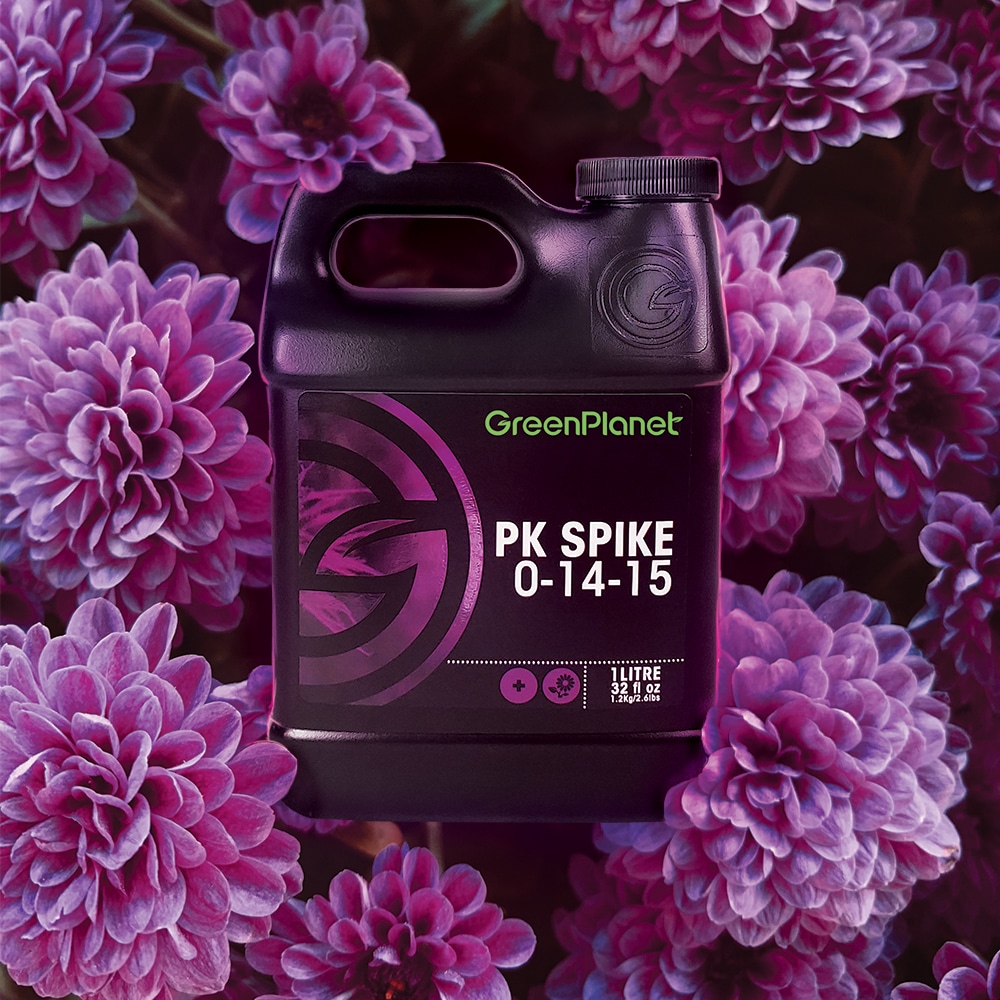
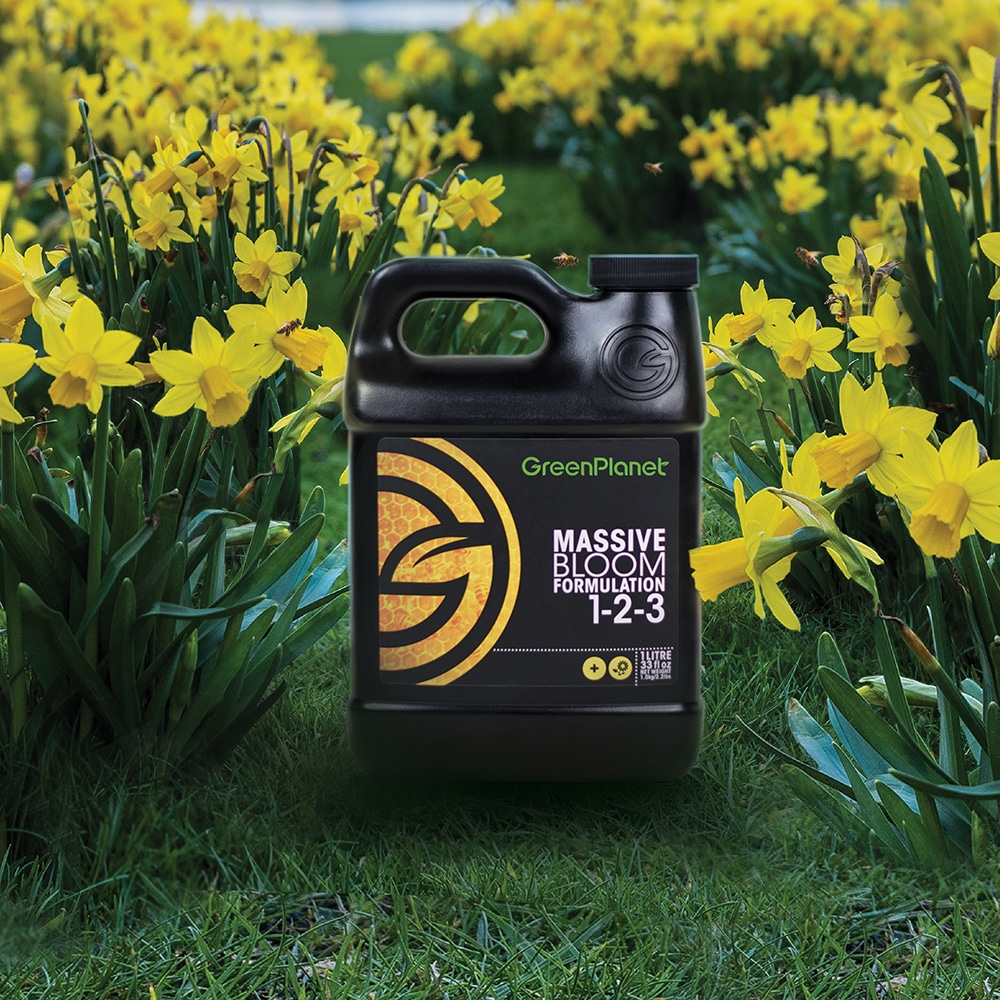
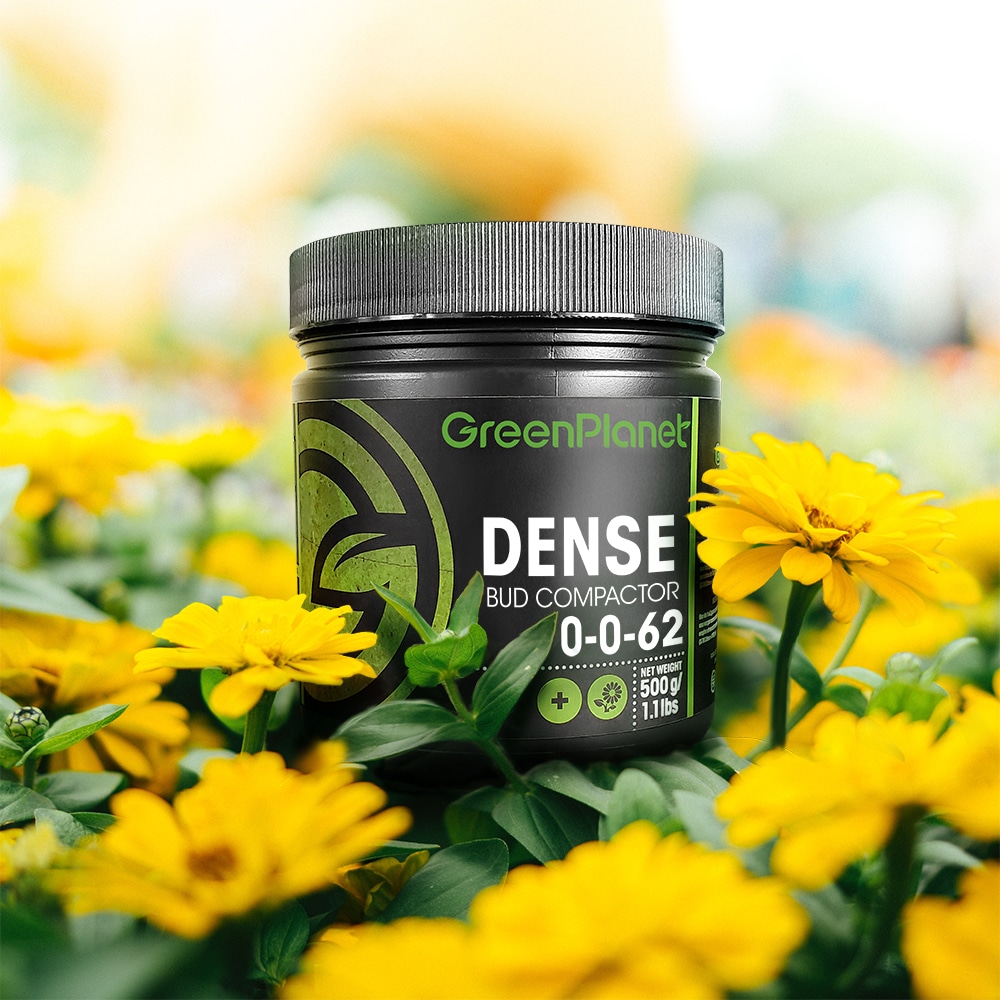

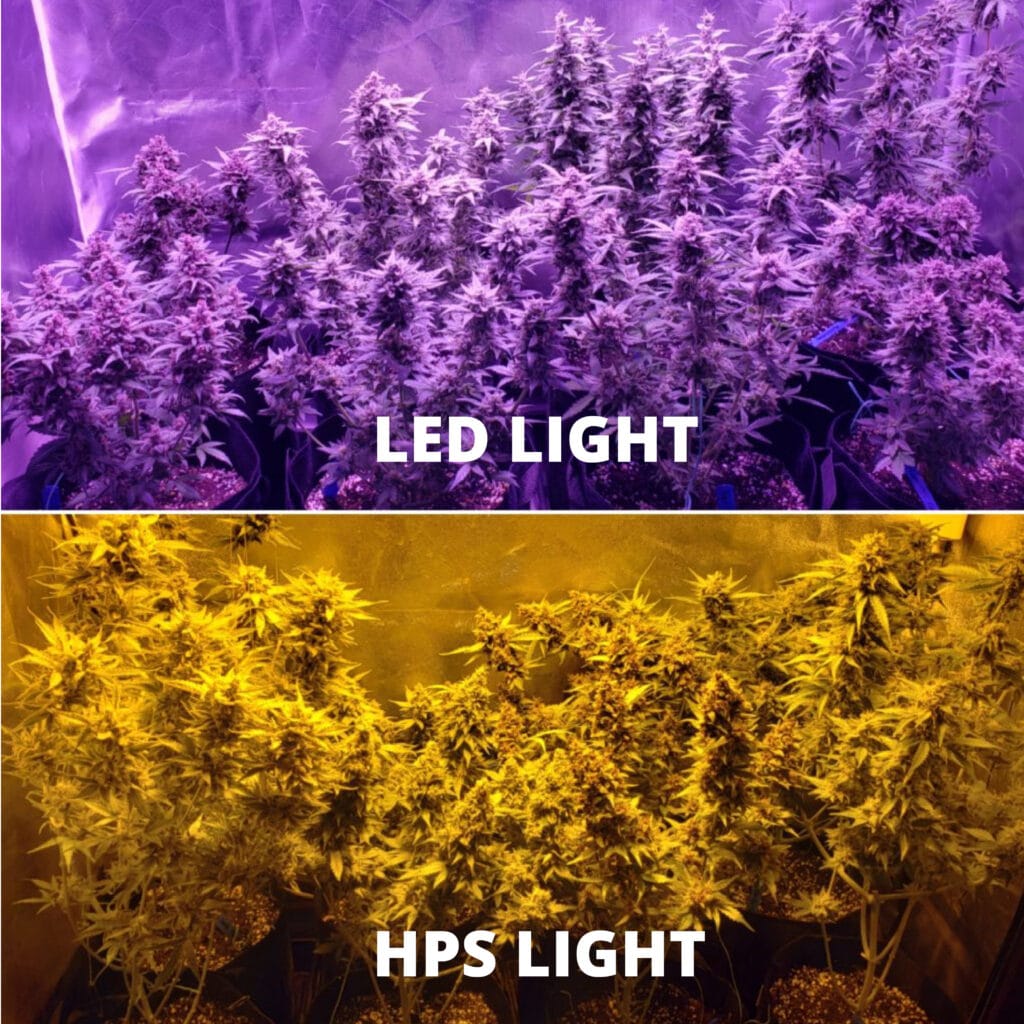
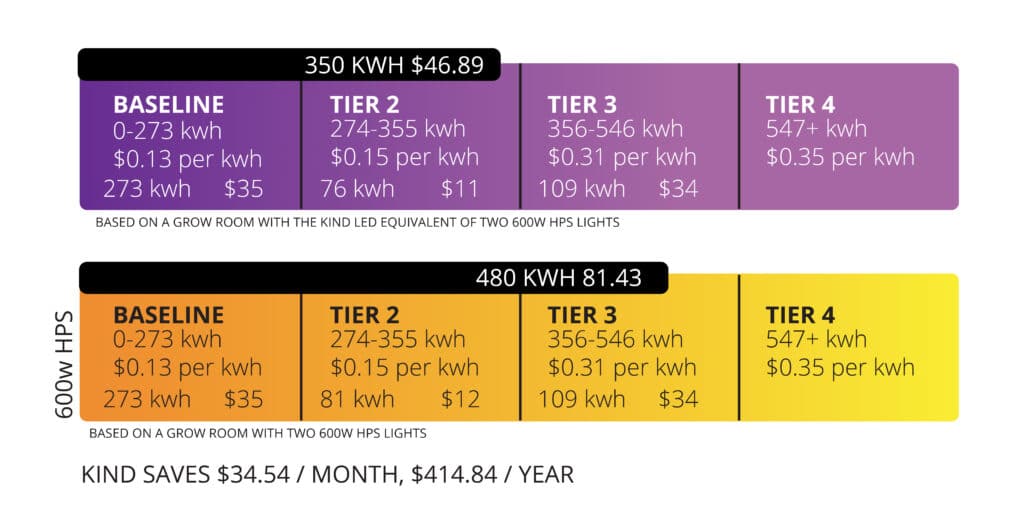
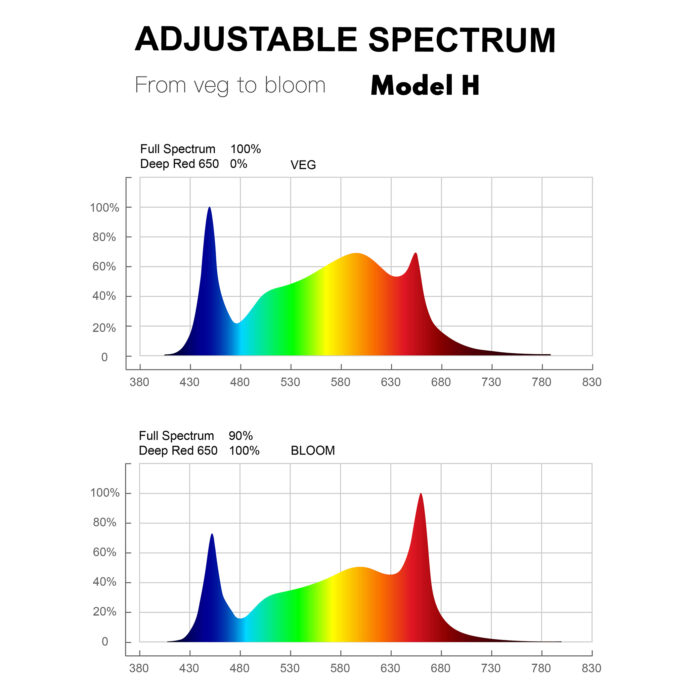

.png)


